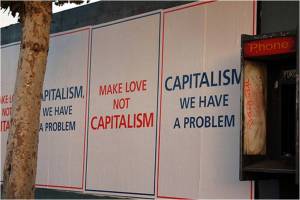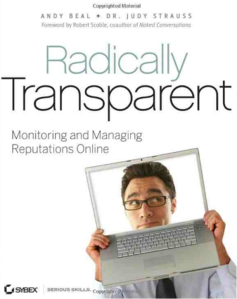
The above ‘blue marble’ photograph, taken on December 7th 1972 from Apollo 17, is often said to have subtly, but fundamentally changed the way we view our relationship with the world. According to Paul Ehrlich, Professor of Population Studies at Stanford, “…it brought home to people that the earth is not vast, that it’s actually quite small in the universe… It’s something that everybody understood intellectually, I think more smart people understood that intellectually before but what it brought was an emotional understanding of that. You could see that it was a small and potentially fragile water planet.”
Since 1972, the world has only become smaller, but we still struggle to ‘emotionally understand’ events on the other side of the globe and to comprehend the scale of far-off facts and figures. Yet in recent years, infographics– the visual representation of information, data or knowledge – has become something of a religion for geeks everywhere. Sites like Information Aesthetics seep with examples of ‘just maths’ made beautiful, often aimed at helping us to better understand the world around us by overcoming our fears and our biases.
One of the primary tools of an information aesthete is of course the map: there is no better way of portraying context; of representing a part and its relation to the whole. In fact, I am convinced that there is something inherently fascinating about maps, something irresistible. And globes – well, they have their own gravitational pull. Billy Connelly once said ‘Never trust a man who, when left alone in a room with a tea cosey, doesn’t try it on’ and to that I would add ‘Never trust a man who, when left alone in a room with a globe, doesn’t spin it.’
Which brings me to Google Earth. I have written before about the potency of the planet-spinning application, but its exact appeal is hard to pin down: the ‘blue marble’ effect, the allure of maps, and the interactivity of it all (something akin to what Russell Davies calls ‘action from a distance’) all seem to add up to a perfect storm. For me, anyway.
And so I was really happy to learn that, in the run-up to Copenhagen, Google Earth is to be used as a tool to communicate the effects of climate change: “In collaboration with the Danish government and others, we are launching a series of Google Earth layers and tours to allow you to explore the potential impacts of climate change on our planet and the solutions for managing it.” I can’t think of a better way to try and generate some of that elusive ‘emotional understanding.’







